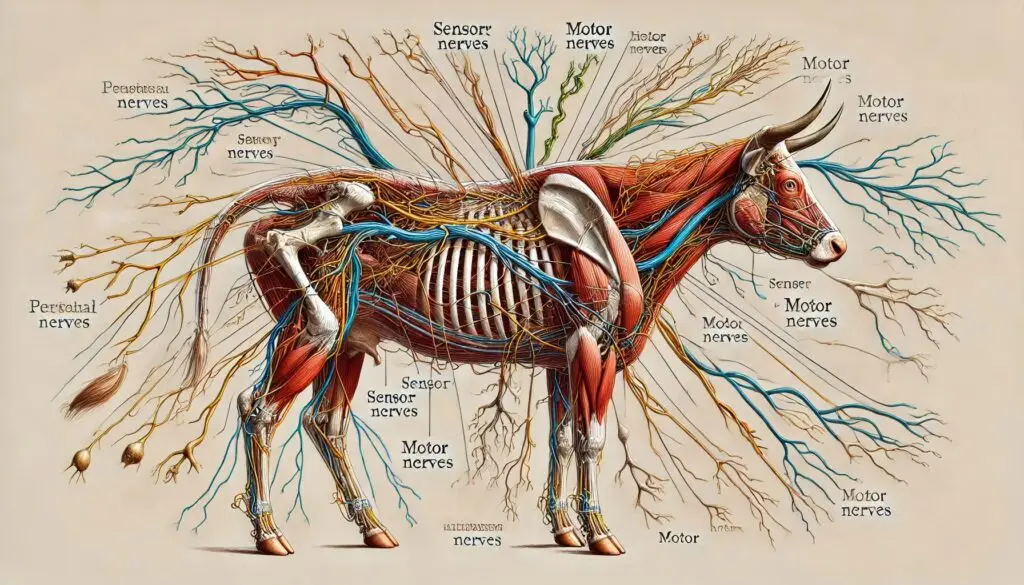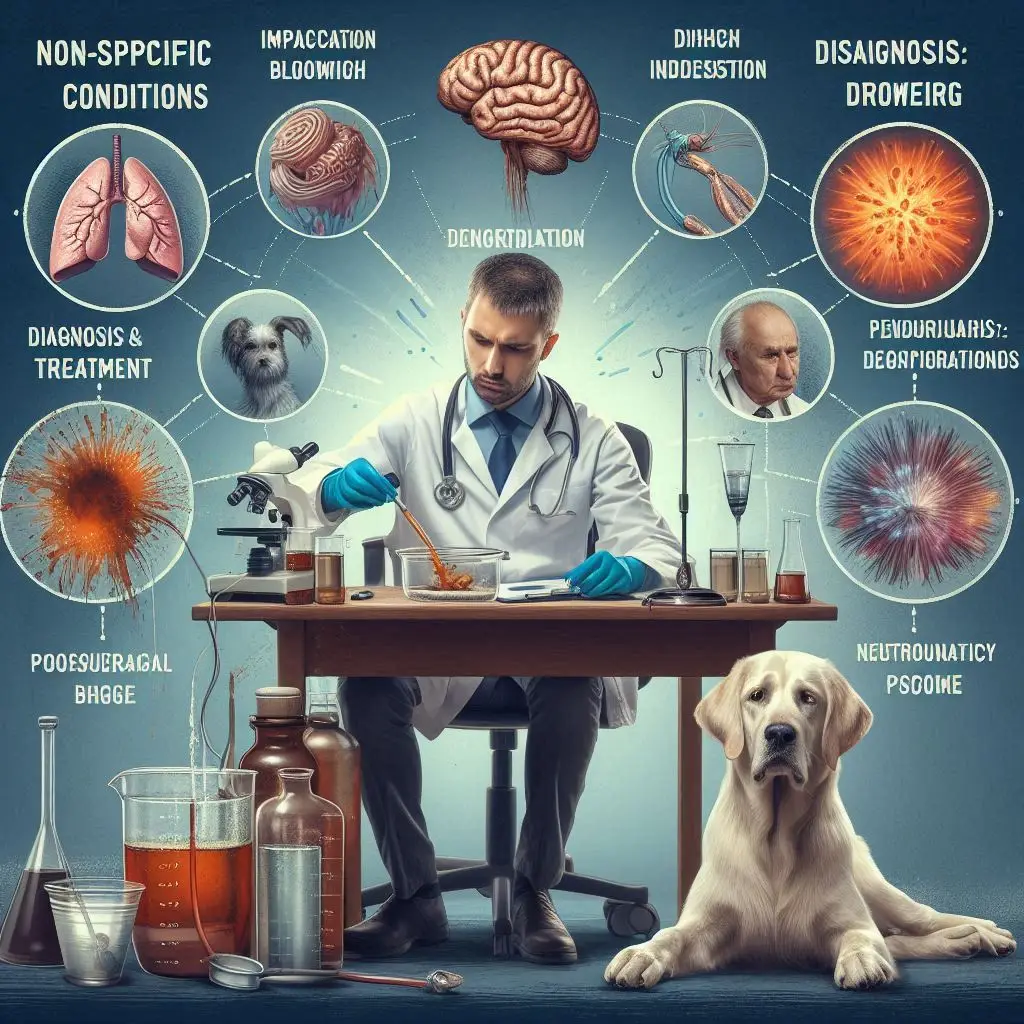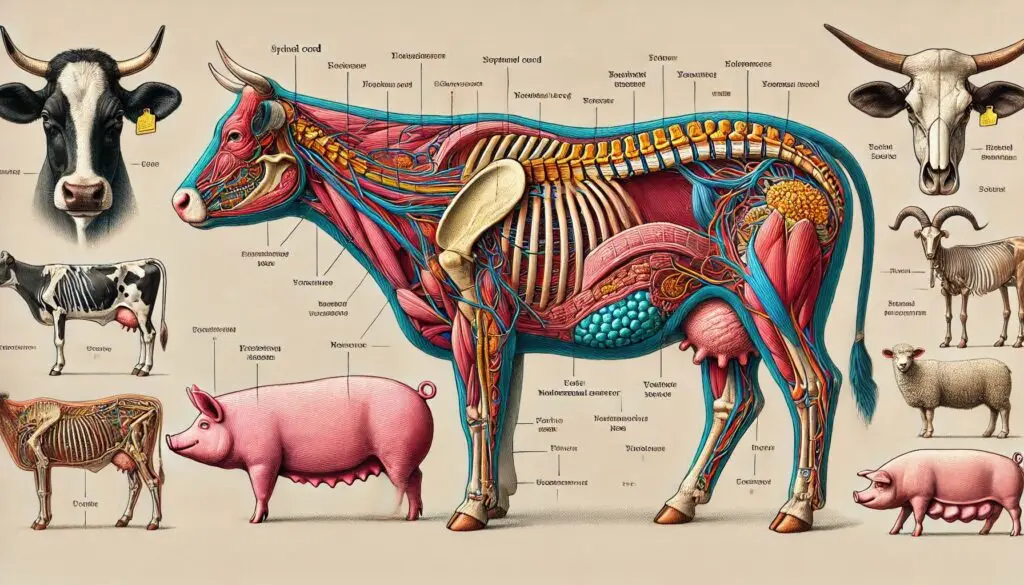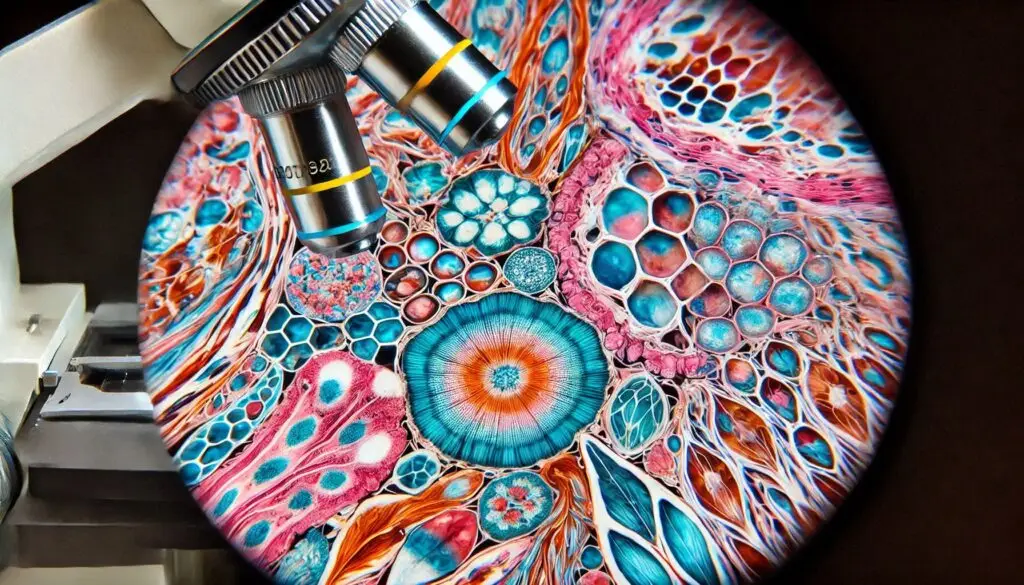Paralysis in Animals

Causes, Symptoms & Treatment
Paralysis in animals is a serious condition that affects mobility and muscle control. It can result from nerve damage, spinal cord injuries, infections, or underlying medical conditions. Proper diagnosis and timely treatment improve the chances of recovery.
What Is Paralysis in Animals?
Paralysis is the loss of muscle function, which can affect movement, posture, and even basic bodily functions. In animals, it commonly occurs due to trauma, neurological diseases, or infections. Depending on the severity, paralysis may be temporary or permanent.
Learn more about neurological disorders in animals here.
Causes of Paralysis in Animals
Neurological Disorders
Many cases of paralysis result from damage to the nervous system. The brain, spinal cord, and peripheral nerves control muscle movements. Conditions like intervertebral disc disease (IVDD) and degenerative myelopathy are common causes.
Explore spinal cord diseases in animals.
Trauma and Injuries
- Road accidents
- Falls
- Animal attacks
- Blunt force trauma
Spinal cord injuries from these incidents can lead to partial or complete paralysis. Emergency care is crucial to prevent further damage.
Infections and Toxins
Certain infections like rabies and bacterial meningitis affect the nervous system. Toxic substances, such as botulism and tick paralysis, also cause muscle weakness and paralysis.
Read about tick paralysis in pets.
Autoimmune and Genetic Conditions
Some breeds are prone to hereditary neurological conditions. Autoimmune diseases like myasthenia gravis weaken muscles and disrupt nerve signaling.
Nutritional Deficiencies
Deficiencies in essential vitamins, especially B-complex vitamins, contribute to nerve dysfunction. Vitamin B1 (thiamine) and B12 are vital for a healthy nervous system.
Understand vitamin deficiencies in animals.
Symptoms of Paralysis in Animals
Common Signs of Paralysis
- Loss of movement in limbs
- Weakness or dragging of legs
- Difficulty standing or walking
- Loss of bladder and bowel control
- Muscle atrophy
Recognizing Partial vs. Complete Paralysis
Partial Paralysis:
Some movement remains, but the animal struggles with mobility.
Complete Paralysis:
The affected area has no movement or sensation.
Diagnosing Paralysis in Animals
Veterinary Examination
A thorough physical exam assesses reflexes, muscle tone, and pain response.
Diagnostic Imaging
X-rays, CT scans, and MRIs help identify spinal cord damage, fractures, or tumors.
Learn how MRIs help diagnose paralysis.
Laboratory Tests
Blood tests detect infections, metabolic issues, and autoimmune diseases.
Treatment Options for Paralysis in Animals
Supportive Care
- Soft bedding (straw, blankets, or cushioned mats) to prevent sores
- Frequent repositioning to avoid pressure ulcers
- Assisted feeding and hydration
Infrared Therapy for Muscle Stimulation
Benefits of Infrared Therapy:
- Improves blood circulation
- Reduces pain and inflammation
- Enhances muscle recovery
See how infrared therapy aids animal recovery.
Medication and Supplements
- B-complex vitamins (B1, B6, B12) for nerve health
- Anti-inflammatory drugs to reduce swelling
- Pain relievers to manage discomfort
Physiotherapy and Rehabilitation
Hydrotherapy, massage, and acupuncture support muscle function and recovery.
Read about physiotherapy benefits for pets.
Prevention and Long-Term Management
Proper Nutrition
Balanced diets rich in essential vitamins and minerals support nerve health.
Regular Veterinary Check-ups
Why Routine Exams Matter:
- Early detection of neurological conditions
- Preventive care for high-risk breeds
- Monitoring recovery progress
Assistive Devices
Wheelchairs and harnesses improve mobility in paralyzed pets.
Explore mobility aids for disabled pets.
Conclusion
Paralysis in animals can be challenging, but with proper care and treatment, many pets regain function and lead happy lives. If your pet shows signs of paralysis, seek veterinary help immediately. Timely intervention makes a significant difference in recovery.
More From Animal Diseases:
Fatty Liver Syndrome






Responses